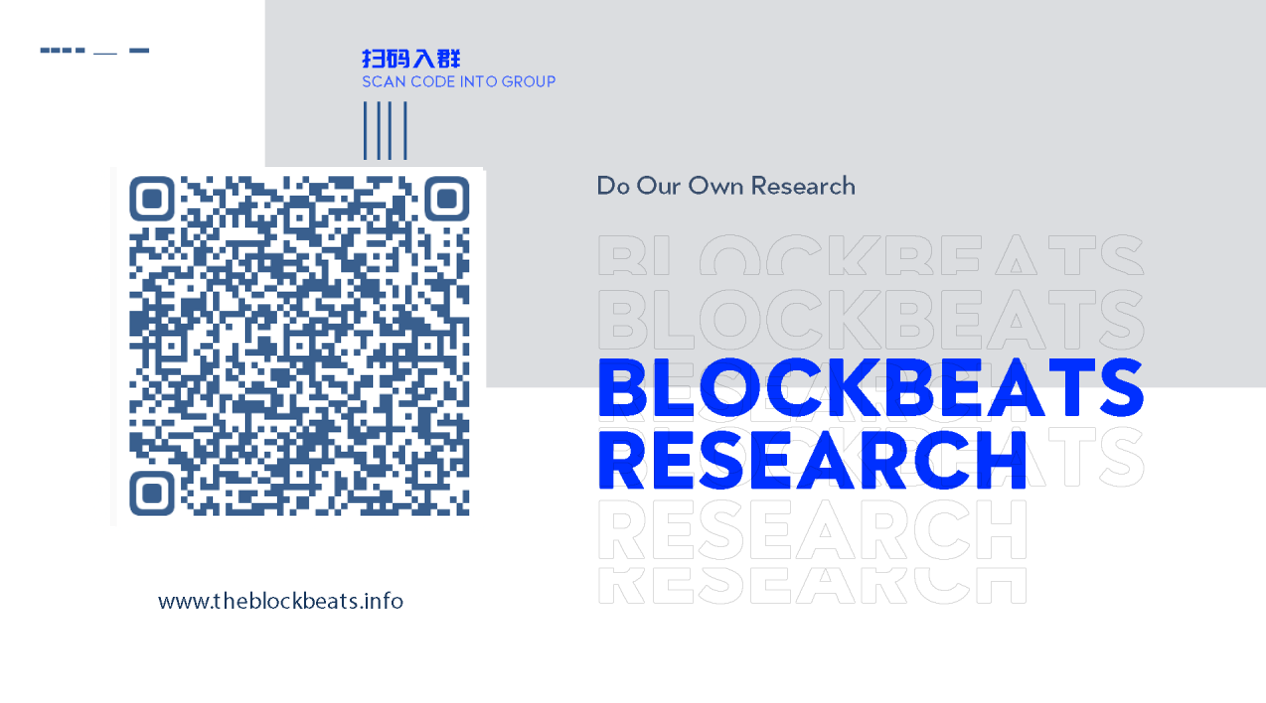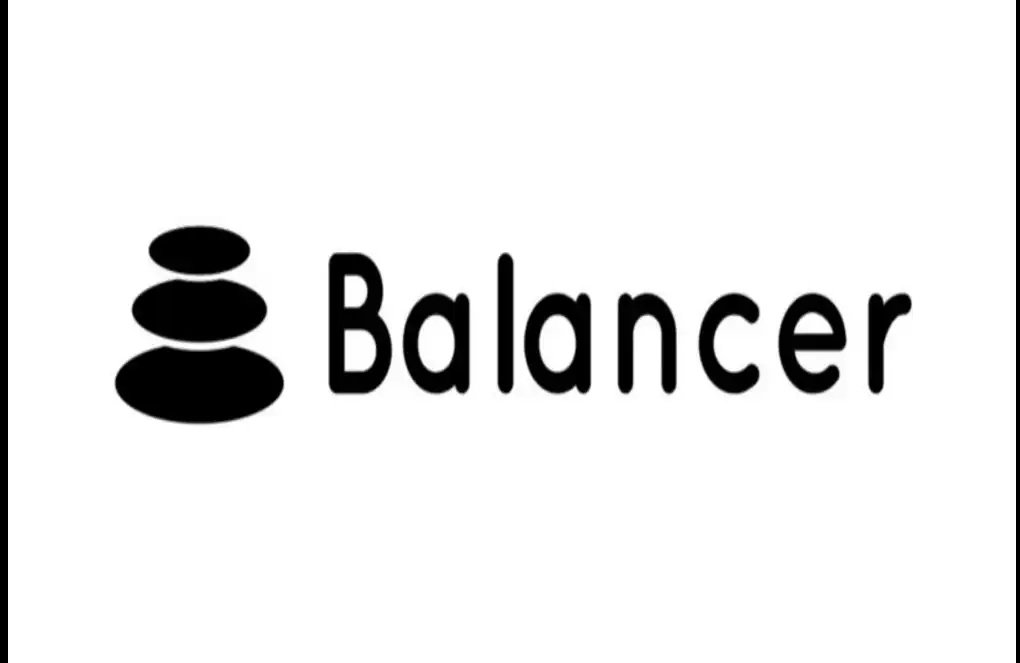Web3: an era of self-proof protocols
When it comes to Web3.0, most people think of blockchain, token, metaverse and so on. There's no doubt that Web3.0 has it all, but how do we see the big picture?
First, we need to separate Web and 3.0. Web, short for World Wide Web, is an information system responsible for identifying network resources. 3.0 represents the third iteration.
Why iterate? Because there are problems with the existing version. When problems are identified with Web2.0, different solutions emerge for each type of problem. Blockchain is one of many solutions to Web2.0 problems, so blockchain is part of the Web3.0 iteration. When the problems of Web2.0 are solved by different means, we enter the next web age, Web3.0.
This article by Jay Graber, leader of the Bluesky online community, gives a brief overview of the iterations of the world wide web and introduces Web3.0 from a self-proof protocol perspective. Translated by BlockBeats:

最近大家都在讨论究竟什么才是 Web3,而我对它的定义是:Web3 是由用户生成的权利,并通过自我认证的网络协议得以实现。这些协议不仅是一个包含区块链技术在内的技术超集,而且还远不限于此。其他人是这样看待「Web3」的吗?也许不是,但还请听我讲完。
网络上的权利决定了谁最终拥有对内容的控制权。在网络发展初期,「用户」与主机运营商之间并没有过多的区分,也就是说,网站的托管人往往也是网站内容的发布者。当网络发展到所谓的「Web 2.0」之后,各类网站开始变得流行起来,用户可以在上面开通账户并创建内容。但是在 Web 2.0 中,最终决定权依然掌握在网站主机手中,它们可以单方面地修改任何内容——这基本上也是目前网络的运作模式。在网络向 Web3 发展的过程中,用户可以通过 Crypto 手段来证明自己的身份,并发布可验证的内容,而其所在的网站也无权再去修改这些内容,因为信任根(root of trust)存在于数据本身当中,而不是它所处的地点。
让我们一起来回顾一下网络的整个发展脉络:
Web 1.0 -- Host output content, host generation rights. People who want to publish content on the Web must use their own servers to host sites, which are mostly read-only and have little interface for creating content or interacting with it.
Web 2.0 -- User-generated content, host generated rights. Users can create their own personal accounts on the site, so they don't have to host their own servers in order to publish content on the web. At the same time, more and more user-generated interactive content has been created. However, as these sites evolve into powerful platforms, they still have absolute control over users' accounts and what they post, and that raises a lot of questions.
Web 3.0——用户产出内容、用户生成权利。在新模式中,人们想要发布内容时不用再去托管服务器或在别人的数据库中创建账户。服务器虽然可以选择是否托管某人的账户或内容,但它们对其并没有最终权利。「自我认证协议」(self-certifying protocols)便能实现这一点,该技术是建立在 Crypto 签名和哈希值之上的一项技术。
简而言之,这三个阶段分别是「托管网络、发布网络以及签名网络」。
那么什么是「自我认证协议」呢?这是我用来描述具有 Crypto 用户标识符和内容编址数据协议的一个通用术语。其中「Crypto 用户标识符」可以将用户与公共密钥联系在一起,用户可以使用对应私钥进行签名,而这也是证明用户对其账户享有控制权的信任根,而不是用于记录用户登录情况的数据库条目。「内容编址数据」则意味着内容可以通过其 Crypto 哈希值来加以引用,而该值也是每条数据的唯一数字「指纹」。利用这两项技术,由用户密钥所签署的内容哈希便可以直接证明用户对该内容的授权,而不再需要中介机构出面证实了。能够进行自我认证的数据可以让信任留存于数据本身当中,而不是其所处地点,这让程序能够从客户服务器的架构中转移出来,并让「用户生成权利」成为了可能。
如果说 Web3 是自我认证的协议,那么区块链在 Web3 中的作用又是什么?区块链是能够在全局状态上创建共识的自我认证协议,它可以在不受任何一方的控制的情况下模拟一个中心化的数据库。区块链上的「用户账户」是 Crypto 密钥对,用于签署交易,而「内容」则是捆绑在区块中的交易哈希值,这些区块本身也有自己的哈希,并被链接在了一起。Bitcoin(第一条区块链)引入了一种新的共识机制,让互不信任的各方可以在进行交易时达成一致——这对没有中介机构的数字货币来说至关重要。
那有哪些协议是具有自我认证特性,但不属于区块链的呢?在 Bitcoin 之前出现的 Git、PGP、BitTorrent 和 Tahoe-LAFs 均属于这一类别。在现在这批非区块链自我认证协议中,IPFS、Hypercore、SSB、Pergos 和 Spritely 都具备用户密钥和内容编址功能。在这些协议当中,如果你可以证明某位用户「拥有」某条内容,那么你也就能顺势说明这名用户便是这条内容的发布者。区块链的出现进一步明确了所有权的概念,它建立了一个得到全球共识的时间戳账簿,全局有序和唯一性等属性在其中也得到了证实,这样一来,我们便能证明同一时间之内只有一人「持有」一枚 Bitcoin 或一件 NFT 作品。从架构上看,区块链可以被认为是 Web3 中的一类数据存储器,它可以对某些应用来说很实用,但对另一些应用来说却可能相当繁琐。从财政和社会的角度来看,区块链已经将注意力和资源转移到这个领域之中了。由区块链所建立起来的重要 Web3 基础设施,不仅包括能将密钥对发放到数百万用户手中的钱包及应用程序,也包括零知识证明这样为 Web3 带来无限可能的新型 Crypto 原语工具。虽然目前关于 Web3 的讨论热度已经超过了其他任何话题,但如果想实现 Web3 的全部愿景,我们还需要开发其他类型的自我认证协议。
如果一个自我认证协议可以让用户利用密钥和内容编址功能直接对内容作者的身份作出证明,那么一个自我认证的网络协议就也具备了内容链接和发现功能。我们如今使用的网络离不开内容发现算法的支持,不过 Web3 要想提升其用户体验,还需要进一步精化其算法功能。在我看来,以下是 Web3 中尚不存在或还未成熟的事物,包括社交图谱、用户档案、身份与信誉证明、内容聚合、索引与发现、以及策展和调控方法。不过令人感到困惑的一点是,目前应用于区块链技术的 Web3 依然是一盘散沙,少了很多我们期待在网络中看到的功能。
My hope is that in the future, Web3 will have a broader definition that will be accepted by more people and include all types of self-authentication protocols, and that all blockchains will be just a subset of Web3. However, rather than focusing on these terms, we should focus more on the attributes and characteristics that have played an important role in the development of the Internet. At the same time, I want the web of the future to put the user first, so that people can make their own decisions about content creation, and no longer be constrained by any centralized service. If you agree with me, but for some reason don't want to use the term "Web3," we can call it "Self-authenticated Network Protocol," or SCWP, which more specifically encapsulates these emerging technologies.
The original link

Welcome to join the official BlockBeats community:
Telegram Subscription Group: https://t.me/theblockbeats
Telegram Discussion Group: https://t.me/BlockBeats_App
Official Twitter Account: https://twitter.com/BlockBeatsAsia


 Forum
Forum Finance
Finance
 Specials
Specials
 On-chain Eco
On-chain Eco
 Entry
Entry
 Podcasts
Podcasts
 Activities
Activities
 OPRR
OPRR









